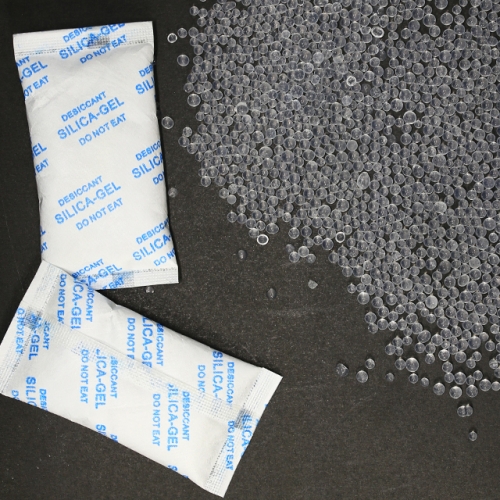Outbound shipping? Do not panic: in our online shop, you will find both dehydration chains for containers, which prevent the insidious phenomenon of "container rain," and bags of silica gel or activated clay. All can be used to protect goods during shipments.
Here is how to choose
the best container desiccant for different types of shipping. Then, with just a few
questions, you can figure out how to best protect goods from humidity...
Whole container or
groupage?
Here's the first
question: Will I ship an entire container, or will I do a groupage and rely on
the shippers for the groupage?
Set up and protect
an entire container
The full container (or
multiple full containers) is the choice for those with very high shipping
volumes.
In this case, the
shipper will deliver an empty container (or several empty containers) to me,
which I will be responsible for filling.
Once the container is
full, I close it, seal it (with simple stickers that will act as a
"guarantee seal"), and have the courier pick it up. Get set to go!
Therefore, it is easy
to understand that protecting what is inside the container is entirely my
responsibility. The courier won't even open what I sealed...
It is my
responsibility, for example, to store parcels and keep them safe, and it's my
job to keep them from getting wet.
This is how
dehydration chains usually work,
This is the typical
case in which dehydration chains, also called container bags, are used. They
serve to prevent the famous rain of containers.
What is
"container rain."
Imagine a journey of
several months, perhaps to Asian regions, followed by further the container was
kept for months in an open yard, where it was completely sealed but still
exposed to all weather.
When temperatures
rise, the humidity in the container's air, packaging, and goods tend to
evaporate. But when the temperatures drop again, it condenses on the walls and
roof of the container, making it rain inside the container.
Protecting the goods
from "container rain" is very important because it keeps the packages
from getting too wet and, with them, the goods they contain. Even finding
unreadable labels because they have been damaged by rain is a big pity, as it can
make delivery to the correct recipient impossible.
How Dehydration
Chains or Container Bags Work
The desiccant chains
are composed, in extreme synthesis, of:
- Calcium chloride can soak up
much more than silica gel (but, unlike silica gel, it releases irritating
leachate as it absorbs water).
- An absorbent material, usually
gel or something made from plants, absorbs most of the leachate,
preventing damage to the container or goods.
- The packages must still be
sufficiently protected (even conventional nylon or polyethylene sheets are
sufficient) so that a few drops of leachate that get out of the chains
won't hurt them, especially if they have a long way to go.
Visit our shop's page
about dehydration chains for containers to find out how much they cost, what sizes
they come in, and other technical details.
Barrier material or
protection sheets for groupage shipments
The alternative to
full container shipping is consolidated or consolidated shipping.
In this case, I'll
give the carrier my packages, and he will store them in his container with
those of other customers. The freight forwarder cannot be expected to be
interested in protecting the goods from humidity: I will have to move around
independently, working on the packaging by myself.
Depending on the situation,
I can use simple polyethylene protection sheets or better barrier material.
How to prepare
parcels for groupage
There are more or less
effective protection materials, but the best ones also have higher costs. That
is why, therefore, several factors should be carefully considered before
picking one.
The trip's length and
how it will be done are the first things to think about.
A week-long trip
presents limited risks; a boat trip of several months, perhaps on tropical or
subtropical routes, is quite another matter.
The second factor is
the kind of goods we ship, including how expensive and fragile they are.
So, in some cases,
lighter protection will be enough, while in others, the packages will need to
be completely sealed and have anti-humidity materials inside.
We recommend you to
get in touch with Britwrap if you want to buy best container desiccant.
The barrier
material: the most effective protection
The barrier material
is an extremely valuable product, a multi-layer sheet that protects against
both humidity and ultraviolet rays; it is used even for extremely sensitive
goods.
It is used to cover
packages, isolating them completely. Self-sealing pliers are a special tool you
need to use to close it.
Closed in the barrier
material, the collar is perfectly waterproof and protected. Depending on the
type of goods transported, it may be useful to insert common silica gel or clay
bags inside to avoid humidity problems.

Comments
Post a Comment